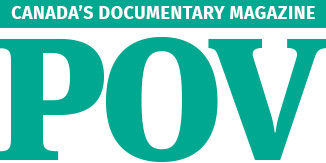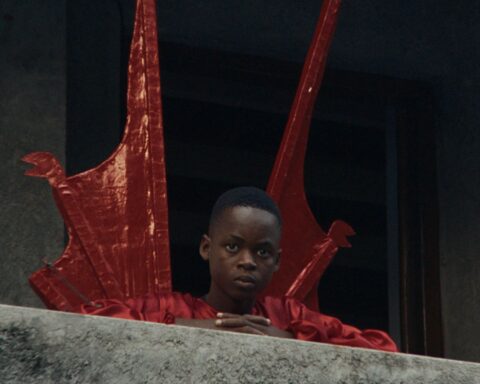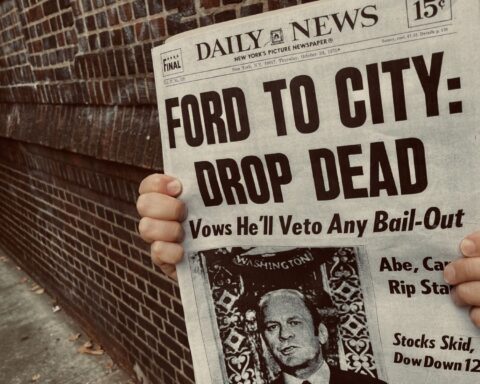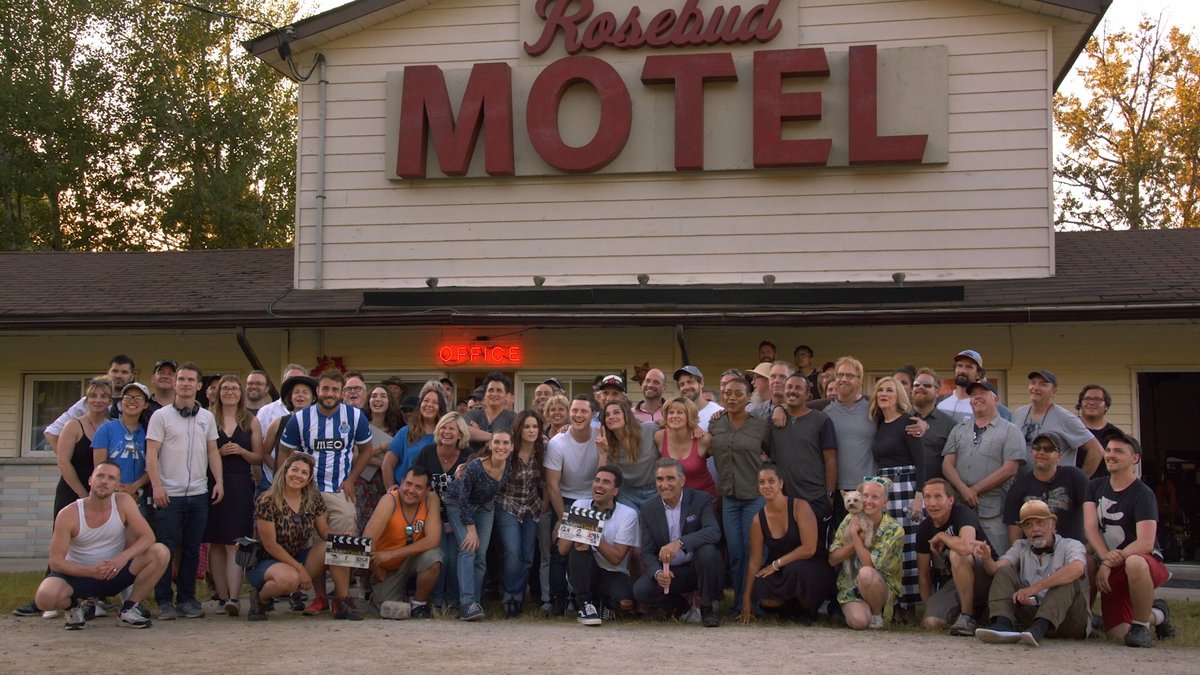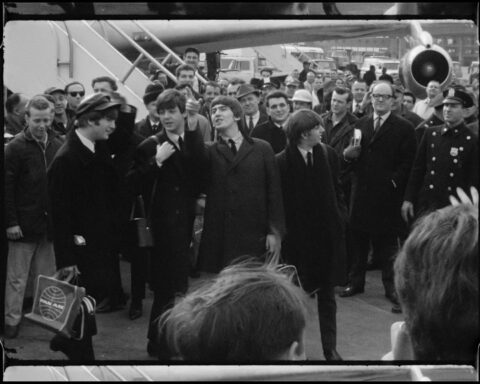Slay the Dragon
(USA, 104 min.)
Dir. Barak Goodman, Chad Durrance
The numbers for contemporary democracy don’t add up. Too often one looks at election results and sees the seat counts favour candidates who lost the popular vote. In the USA, states have governments that don’t adequately represent the will of the people. Slay the Dragon illustrates how this power imbalance results in hyper-partisanship and the passage of extraordinary laws that would never have a realistic chance of survival on level playing fields. The seed behind the perverse politics of the day is gerrymandering.
The political practice of rigging the field to obtain a desired outcome is a powerful force both in the USA and in Canada. (See: Doug Ford’s interference in the 2018 Toronto election.) Surprisingly few documentaries explore this volatile terrain. However, directors Barak Goodman and Chad Durrance gamely confront the beast with their incisively eye-opening documentary Slay the Dragon. The film will both enrage and inspire audiences. It’s a welcome wake-up call composed of fascinating case studies, even-handed participation, and compelling characters who encourage audiences to join the fight.
Goodman and Durrance open the film in Michael Moore territory with a trip to Flint, Michigan. They chronicle the city’s appalling water crisis, which claimed over a dozen lives and left many residents, including children, with lead poisoning after river water corroded the town’s pipes and contaminated Flint’s supply. “Even my dog won’t drink this water,” one interviewee recalls as Slay the Dragon marks the severity of the situation.
The doc gets to the point quickly. The Flint water crisis is a direct result of shifting voting districts and imbalanced scales. The directors trace the origins of the crisis back to 2010 when the Republicans sought to regain power. By studying voter demographics and targeting key races, they anticipated win solid victories that would allow them to redraw voter districts in their favour. The film raises its eyebrow at the dubious process in which politicians redraw voter maps behind closed doors with the aid and influence of lobbyists and data-crunchers. As one talking head aptly summarizes, constituents don’t choose their elected representatives when gerrymandering has its way: politicians choose the voters who will elect them.
Slay the Dragon introduces the heroic character of Katie Fahey, a young Michigander whose eyes were opened by the attack on the democracy in her state. Fahey, who has no political experience, leads the Voters Not Politicians campaign, which aims to make the creation of voter maps a transparent and objective process. She proposes an equal number of Democrats and Republicans, along with some independent citizens. She fights hard to get the proposal on the ticket and encounters outraged neighbours and jittery politicos eager to support or kill the effort.
The film dives into the stakes by further unpacking relatively recent changes in gerrymandering. Although the doc acknowledges that both Democrats and Republications upped the ante with gerrymandering in 2010, it focuses specifically on the project called REDMAP (short for Redistricting Majority Project). This flagrantly anti-democratic process let Republicans hijack elections on the cheap. The film scores a plum interview with REDMAP strategist Chris Jankowski, who explains how Republicans won a well-calculated election by targeting key areas for a mere $30 million. By studying the average ages, races, incomes, and education levels, Jankowski haughtily reveals how REDMAP strategists could predict voting patterns and redraw maps to ensure favourable outcomes. It’s a brilliant strategy, but wrong on every level.
The results of these redrawn maps are tragic, but they’re also great material for a documentary. Hilarious images of maps in states like Wisconsin, Michigan, and North Carolina highlight “the octopus,” “the seahorse,” or “the accordion.” These districts are bizarre shapes that crisscross the city, not along logical boundaries, but along voter lines. The lunacy of the images reveals the sophistication and precision behind the process.
In addition to laying out the details in relatively accessible terms, the doc looks at numerous case studies on the effects of gerrymandering, especially as it pertains to the erosion of moderate voices and the polarisation of the field. Particularly effective is the sequence that looks at Wisconsin. The state, well known for its proud mix of Democrats and Republicans (sometimes in the same family), made headlines in 2011 when newly elected governor Scott Walker enacted legislation designed to break unions and upend public workers. Slay the Dragon goes thick into the occupy movement in which citizens of all political stripes united against Walker’s bill. (See Amie Williams’ extraordinary doc We Are Wisconsin for further viewing on the subject.)
Equally impressive is the range of interviewees who weigh in on the matter. Although Slay the Dragon adopts a relatively conventional talking heads style, the conversational approach evokes a spirit of citizen democracy. The range of perspectives and voices embody the philosophy at the heart of American politics. It doesn’t preach to the choir, but rather appeals for voters to reach common ground. However, audiences who lean a further to the left might feel especially motivated by the doc’s unabashedly democratic spirit. With another election coming in 2020, the stakes couldn’t be higher for films to ignite such a spark.
Slay the Dragon is now available on home video.

